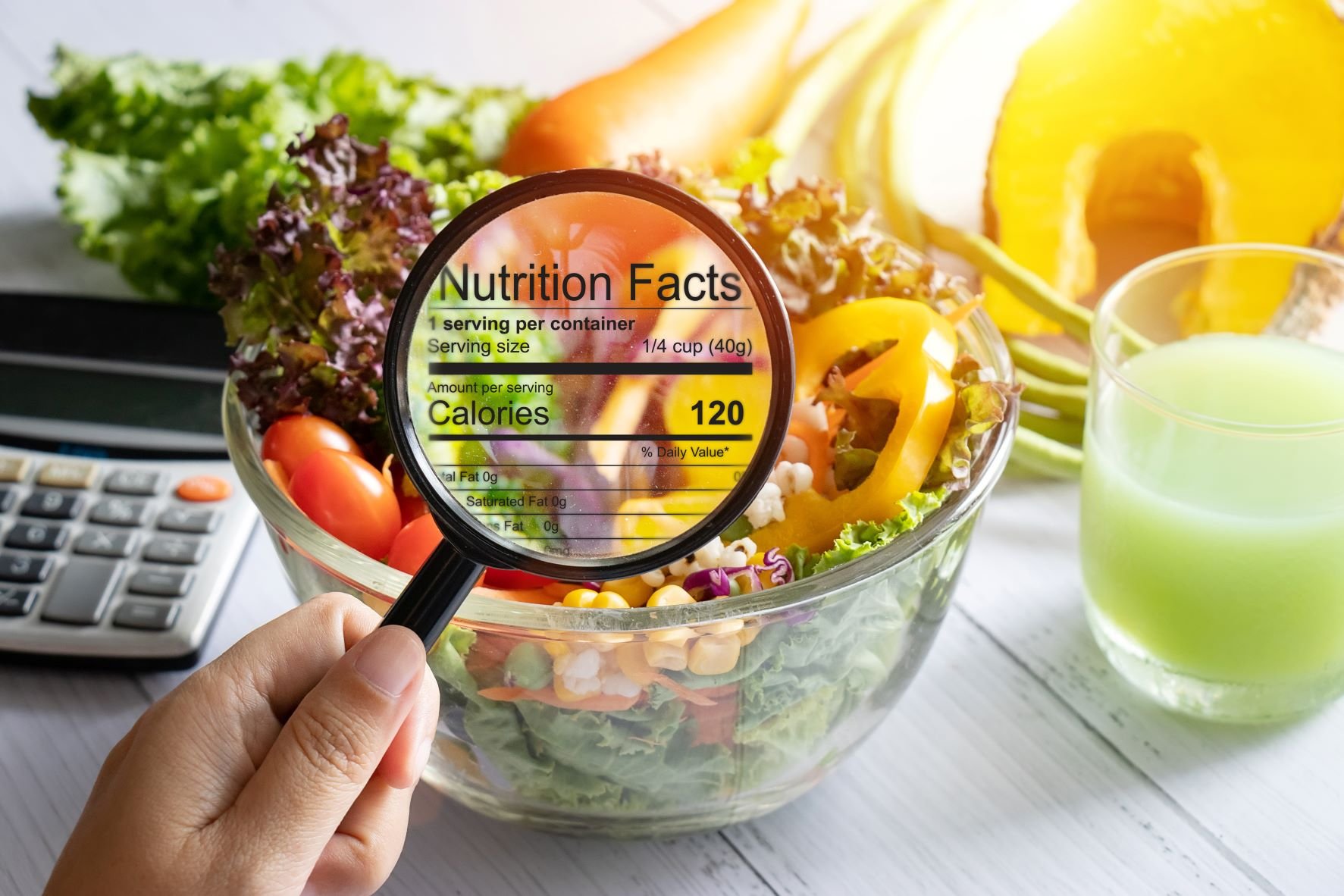What to Know about the New Food Label
By Lizzie Streit, MS, RDN, LD
If you glanced at the nutrition panel on your food lately, you may have noticed some changes. The US Food and Drug Administration (FDA) recently implemented modifications and additions to the food label.
While many of the label requirements remain the same, there are some notable differences between the old and new labels. Read on to learn what you need to know about the new food label.
Old vs. New Food Label
As of July 2021, almost all packaged foods sold in stores have the new food label. The FDA released guidelines for the updated label in 2016—their first set of updates in over 20 years—but it took a few years to roll out. The information added to (and taken away from) the label is based on the latest nutritional science and public input.
You may also see the new food label on meals from meal prep companies, like Healthy for Life Meals!
Here’s a look at the old and new food labels side by side.
Source: www.fda.gov
As you can see, the main changes to the food label include:
Serving size: This is listed in larger, bold font. Plus, the serving sizes now reflect what people typically eat instead of what amount is recommended to consume. On certain products, like a pint of ice cream, you may also see nutrition facts for a single serving and the whole container listed side by side.
Calories: These are also listed in larger, bold font. Calories from fat have been removed. Current research shows that the type and quality of fat is more important than the quantity consumed.
Added Sugars: To help consumers identify “good” sugar vs. “bad” sugar, the label now includes added sugars. This addition shows a consumer how many grams of carbohydrates in a serving come from added sugars like table sugar, brown sugar, honey, agave nectar, brown rice syrup, and other sweeteners. Since current recommendations suggest no more than 10% of daily calories from added sugars, it’s helpful to know how much a food provides.
Micronutrients: Vitamins A and C have been removed, and potassium and vitamin D have been added. This is because most people in the US are not deficient in vitamins A and C but tend to fall short on intake of potassium and vitamin D.
Footnote: The new footnote offers a better explanation of Daily Value for consumers. It also clarifies that consuming 2,000 calories per day is general advice. Individual calorie needs vary and may be more or less than 2,000 calories.
Checking the food labels on products can be helpful in making informed choices and selecting nutritious foods. And remember, many foods that don’t come with food labels, like fruits and vegetables, are great choices too!
Note from Healthy for Life Meals: Instead of obsessing about individual food labels, counting/calculating nutrition content, and spending time on meal prep, let us do the work for you! Our healthy meal delivery service provides fully-prepared meals that are nutritionally balanced and delicious, and that make up a complete meal plan that provides the nutrition content recommended by the American Heart Association, American Diabetes Association, and National Academy of Sciences. Check out our menus and order today.


